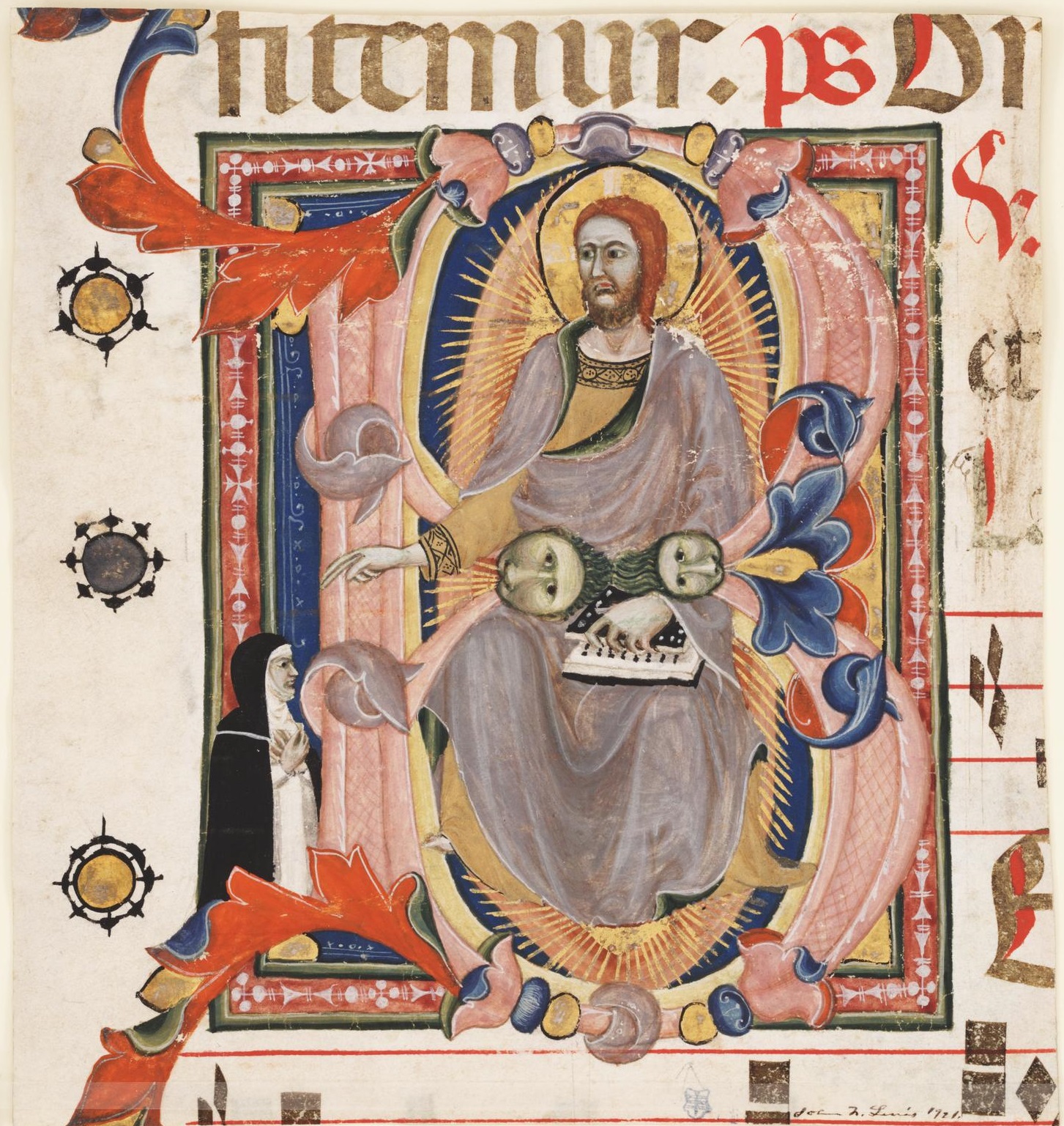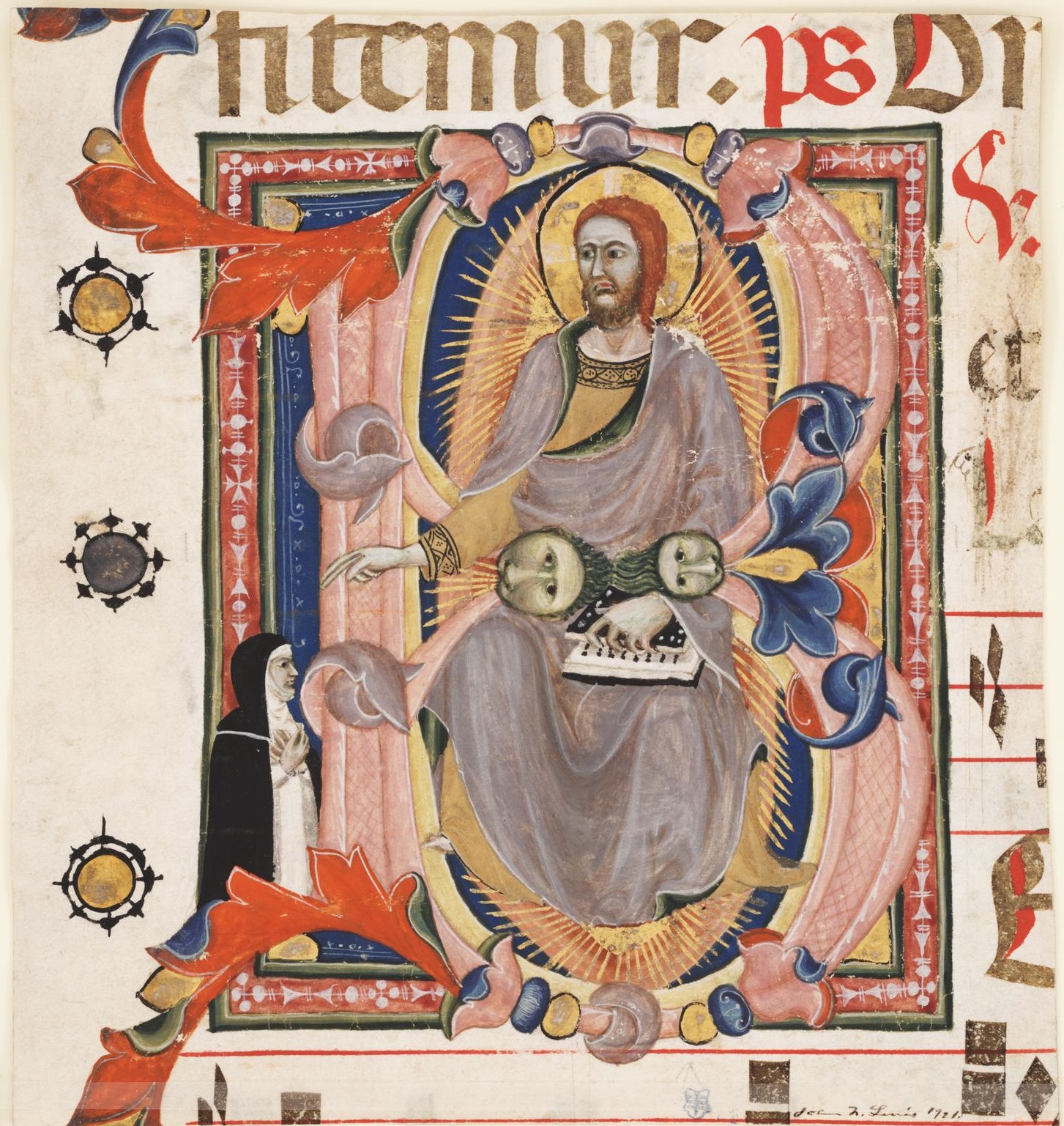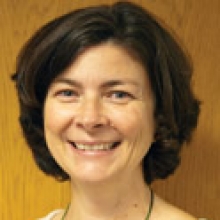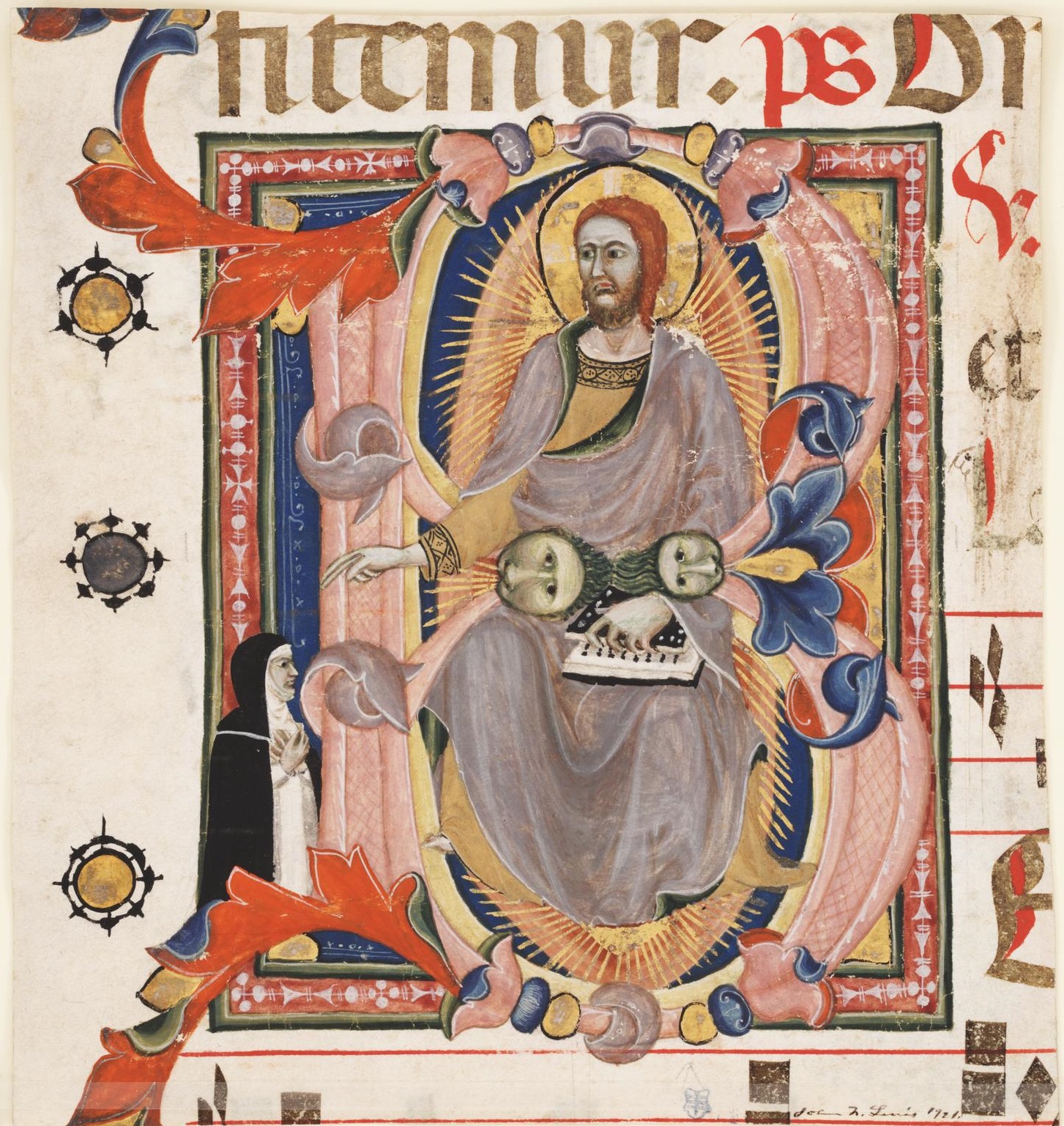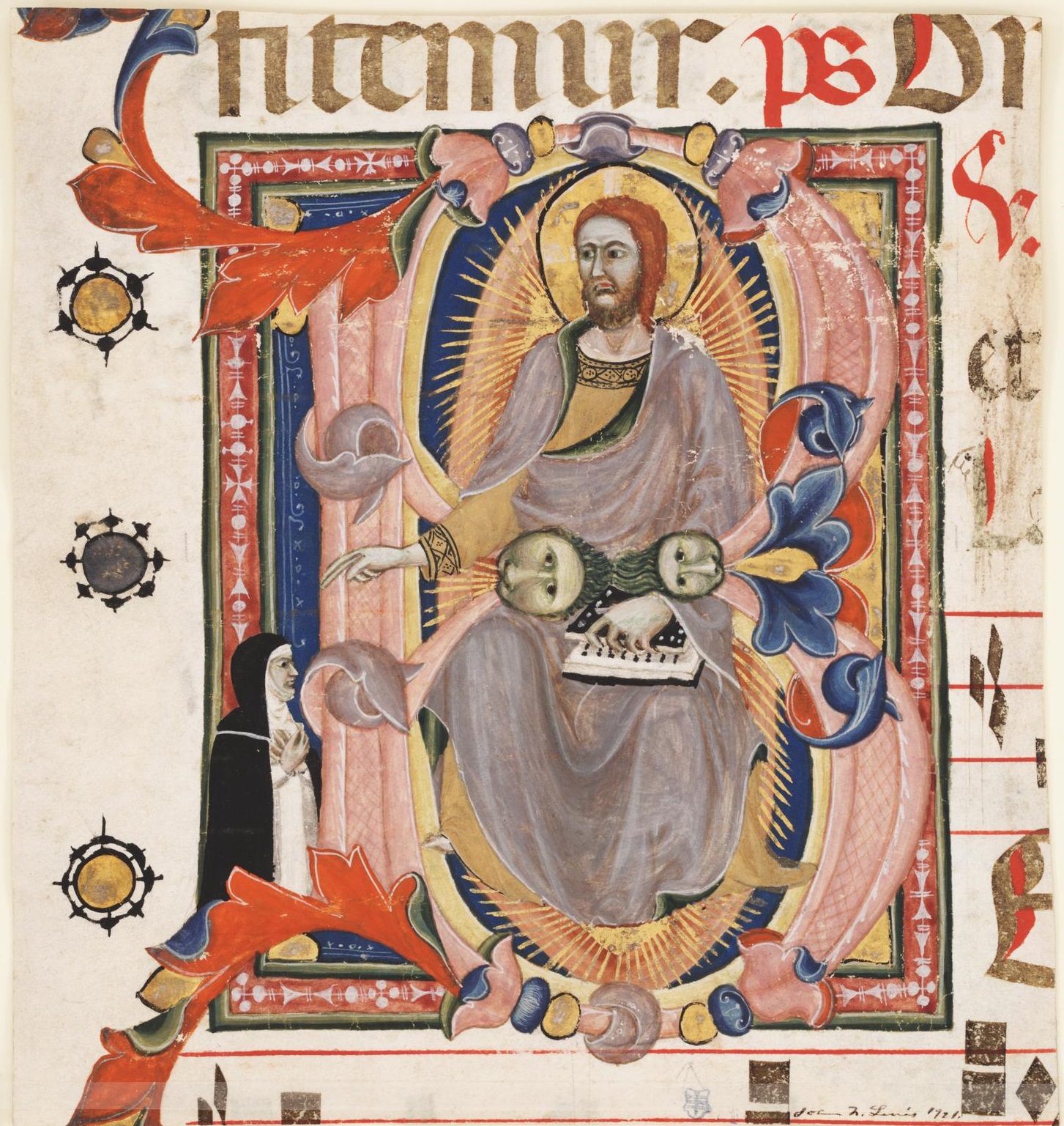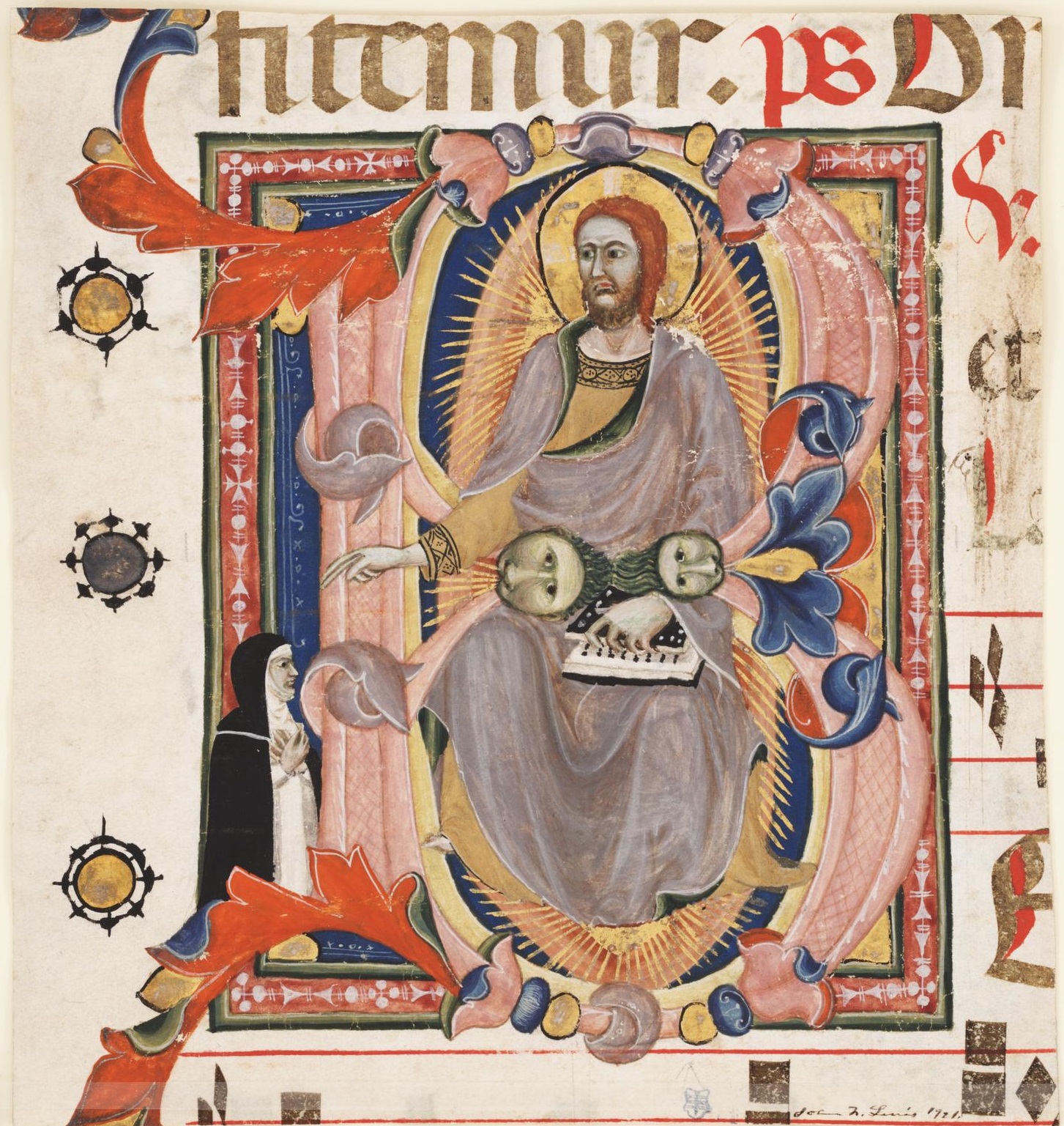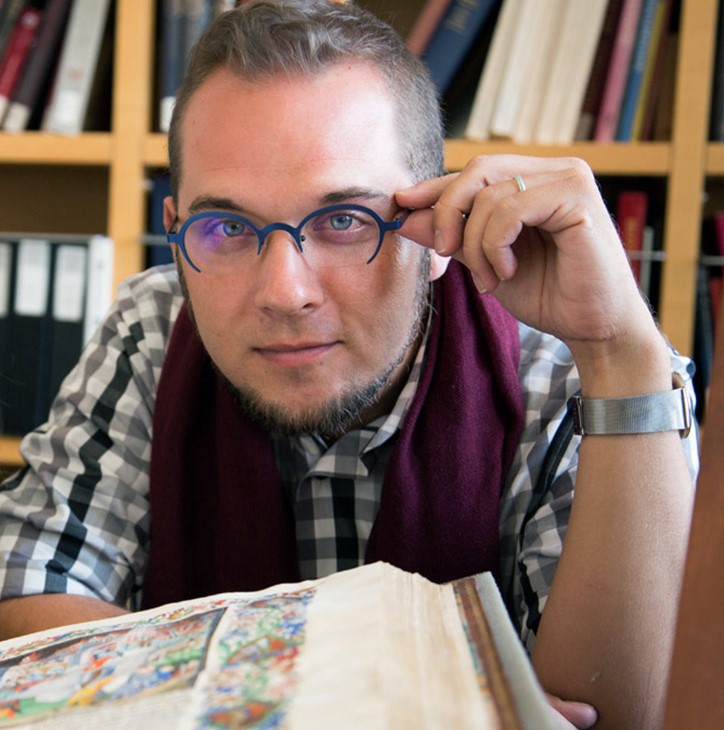This lecture centers on the historiography and future of Italian manuscript illumination with the goal of suggesting new methods of attribution and assessment for art historians, dealers, and collectors. The Philadelphia area collections and BiblioPhilly initiative provide ample inspiration for scholars of this material and will form a cornerstone of our focus.
Within the corpus of Giorgio Vasari’s Lives of the Most Excellent Painters, Sculptors, and Architects (1550 and 1568), one reads the biographies of several illuminators, including Lorenzo Monaco, Fra Angelico, the painters of service books for the Sistine Chapel, and Giulio Clovio, the last of whom Vasari called “Michelangelo in miniature.” A present-day counterpart to the Lives is the Dizionario biografico dei miniatori italiani (ed. Milvia Bollati, 2004), which provides biographies of nearly four hundred named artists working from the 9th through 16th century. About one third are documented as illuminators, while another third are recorded as painters and as illuminators, separately, and the final third are assigned by art historians (based on signatures, connoisseurship, or other means). In addition, there are over two hundred and fifty anonymous maestri christened by scholars. Many studies have been informed by the Dizionario and dozens of new artists have since come to light.
A specific focus of this paper will be an assessment of the geographic organization by “schools” in the published catalogues of various collections, such as Cambridge (UK), the Cini Foundation, and Kupferstichkabinett collections, and several private holdings. In each, the collaborative nature of manuscript production—by artists, scribes, and other craftspeople from different neighborhoods or regions—is often overshadowed by the career of individual illuminators. A discussion of exhibitions will also be offered, and a vision for future digital collaborations will form the conclusion.
A recording of this lecture is available via this link.
The lecture is sponsored jointly by the Center for Italian Studies, the Italian Studies section of the Department of Romance Languages, and the Schoenberg Institute for Manuscript Studies.
Bryan C. Keene is an educator and curator dedicated to promoting equity in the study and display of the visual arts. He is Assistant Professor of Art History at Riverside City College, where he also advocates for the LGBTQIA2+ communities. Prior to that, Professor Keene organized over a dozen exhibitions as curator of manuscripts at the Getty Museum. He is the editor of Toward a Global Middle Ages: Encountering the World through Illuminated Manuscripts (Getty Publications, 2020), which features contributions by twenty-six specialists on book arts from Afro-Eurasia, the Americas, and Austronesia.
